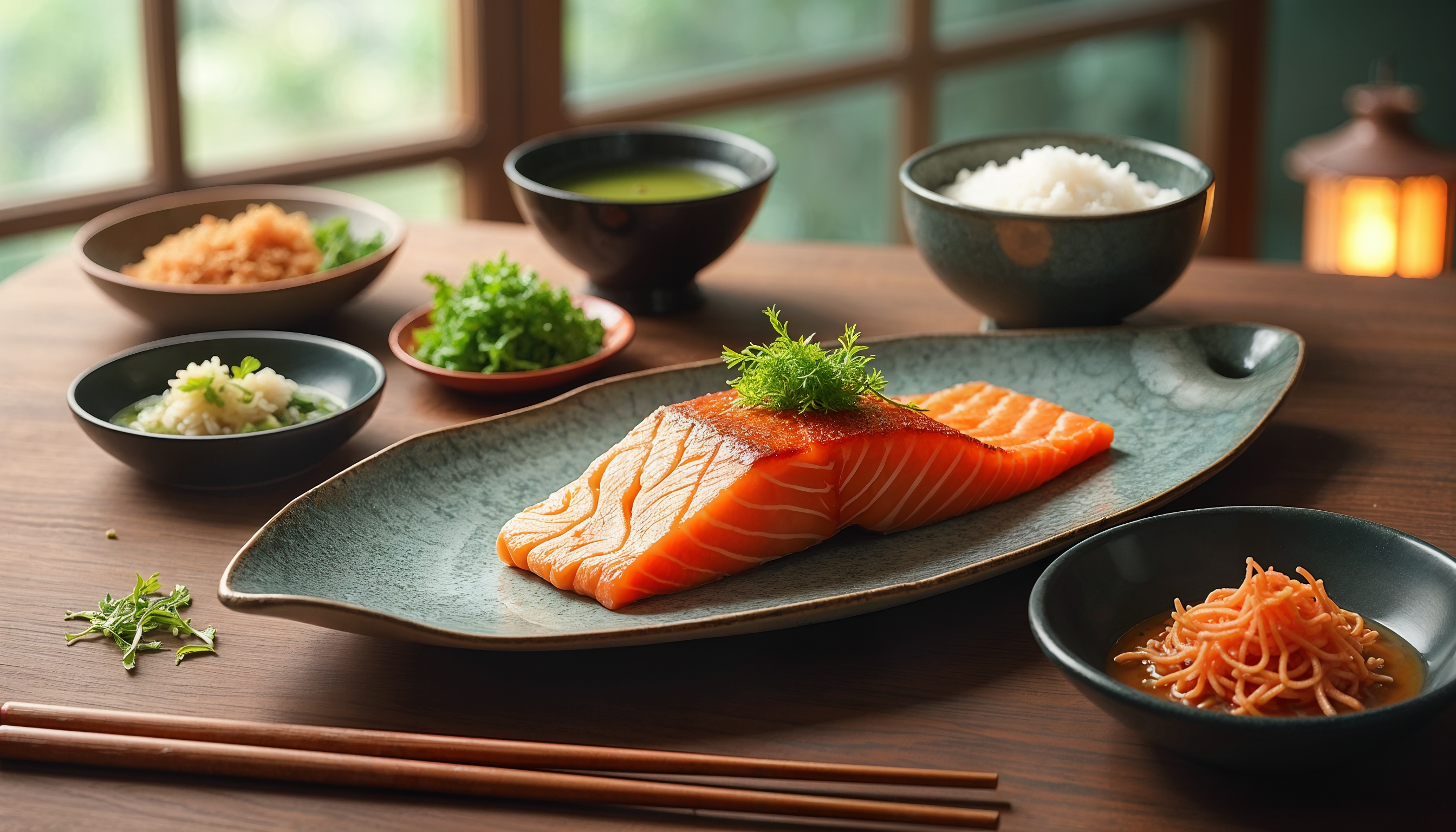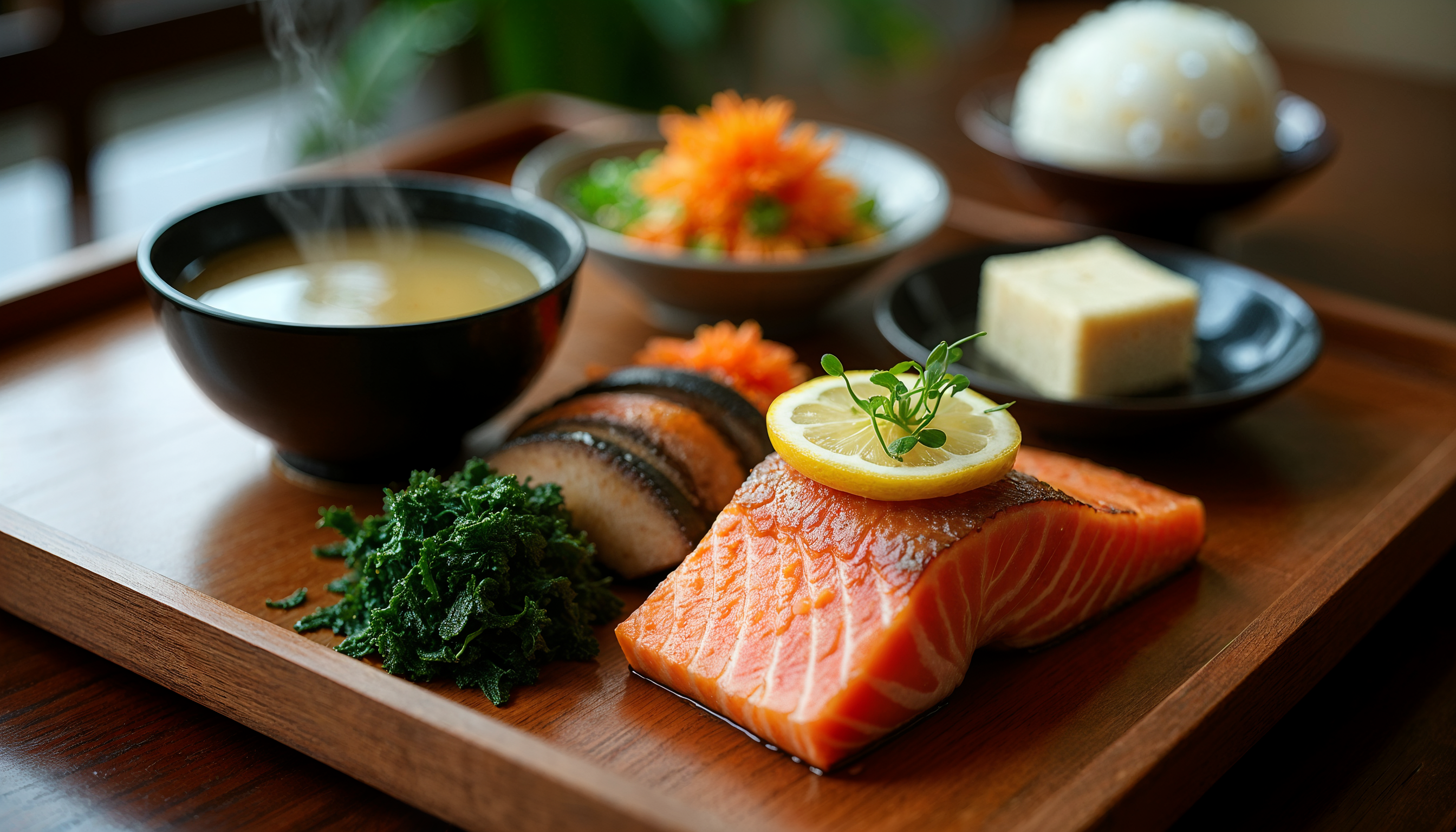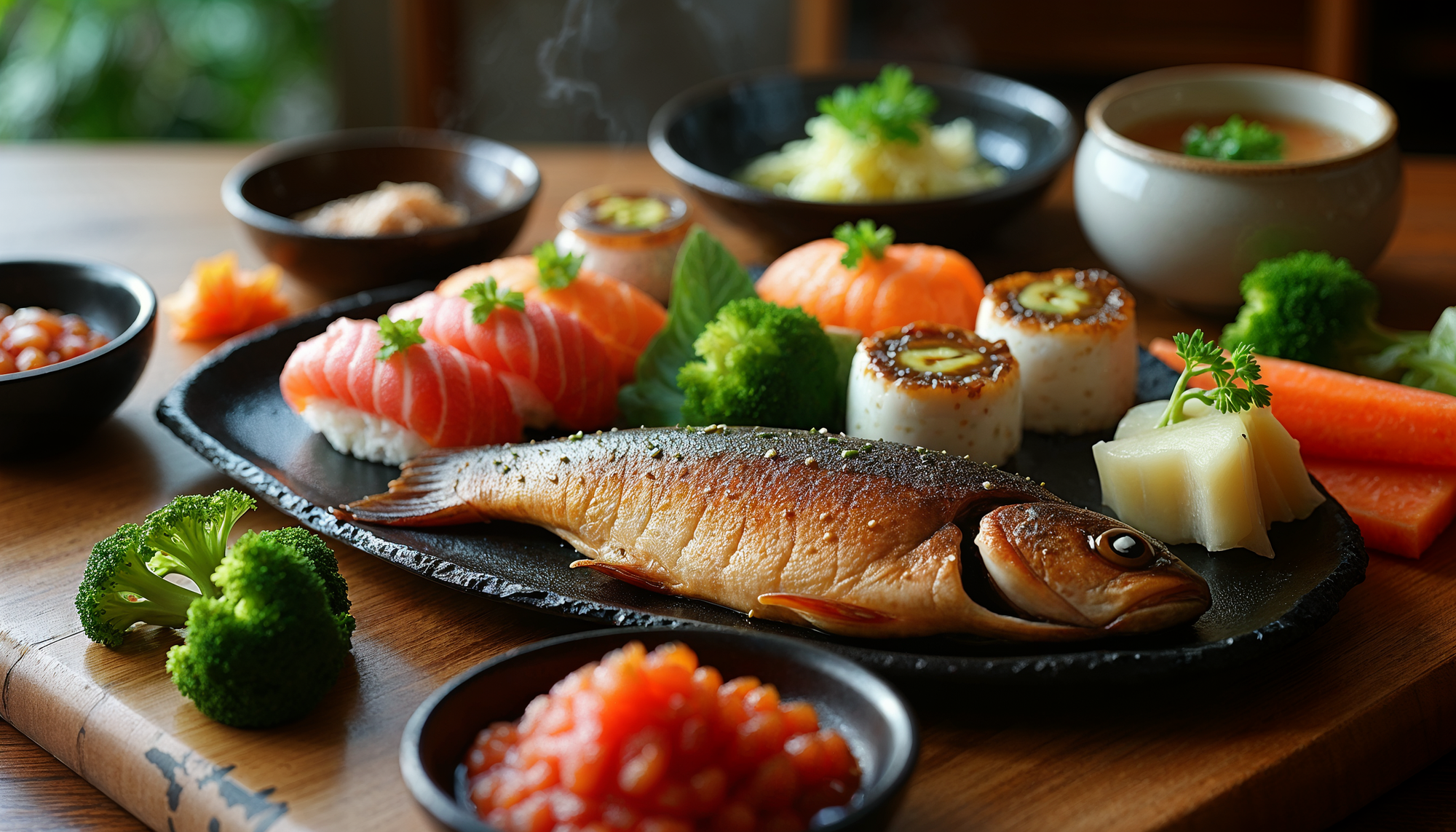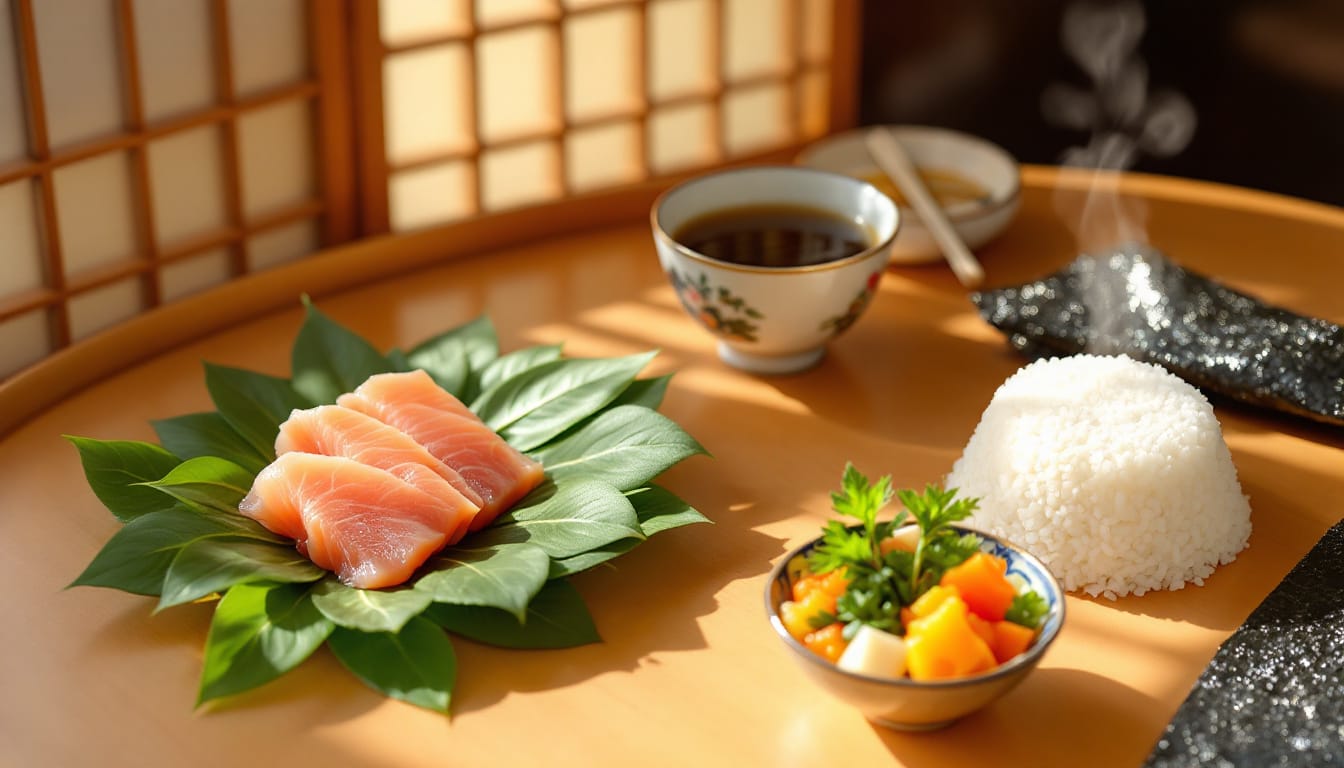The Japanese Diet: Unlocking the Secrets to Longevity and Health

Japan is renowned for its remarkable longevity and low rates of chronic diseases, with the country boasting one of the highest life expectancies in the world. A significant contributor to this phenomenon is the traditional Japanese diet, often regarded as one of the healthiest globally. This diet, known as Washoku, emphasizes balance, variety, and mindful eating, incorporating a wide range of nutrient-dense foods that have been linked to numerous health benefits. In this article, we will delve into the core principles of the Japanese diet, explore its scientific backing, and discuss how it compares to Western diets, while also examining modern trends and challenges.
Introduction to the Japanese Diet
The Japanese diet has evolved over centuries, influenced by cultural, historical, and environmental factors. It is characterized by a focus on whole, minimally processed foods, which include fish, rice, vegetables, seaweed, soy products, and fermented foods like miso and natto. This balanced approach to eating is not only aesthetically pleasing but also provides a comprehensive array of essential nutrients that support overall health and longevity. 1 2

Core Principles of the Japanese Diet
Balance and Variety
A traditional Japanese meal, often structured as ichiju-sansai (one soup, three sides), includes a variety of dishes such as miso soup, grilled fish, and steamed vegetables. This format ensures a balanced intake of carbohydrates, proteins, and vegetables, promoting nutritional diversity and satiety without overeating 4 9. The inclusion of fish provides essential omega-3 fatty acids, while soy products and seaweed offer valuable plant-based proteins and minerals 6.
Portion Control and Mindfulness
The concept of Hara Hachi Bu, which translates to "eat until you are 80% full", is a cornerstone of Japanese eating habits. This mindful approach to eating helps prevent overeating, supports weight management, and enhances digestion by allowing the body to feel satisfied without feeling overly full 5 7. This practice is particularly significant in a culture where excessive food intake is associated with negative health outcomes.
Fresh, Minimally Processed Foods
The Japanese diet places a strong emphasis on using fresh, seasonal ingredients and natural cooking methods. This approach minimizes the intake of processed foods, added sugars, and unhealthy fats, which are common in many Western diets 6. The reliance on seasonal ingredients not only ensures freshness but also supports local agriculture and reduces environmental impact.

Health Benefits and Scientific Backing
Longevity and Disease Prevention
The Japanese diet has been linked to lower rates of obesity, heart disease, and certain cancers. The high consumption of fish and seafood provides omega-3 fatty acids, which are known to reduce inflammation and improve cardiovascular health 3 6. Additionally, the diet's emphasis on plant-based foods and low intake of red meat contribute to reduced risks of chronic diseases 8
Gut Health
Fermented foods, such as miso and natto, are rich in probiotics, which support beneficial gut bacteria. A healthy gut microbiome is crucial for immune function, digestion, and even mental health 6. The inclusion of these fermented foods in the Japanese diet helps maintain a balanced gut ecosystem.
Omega-3 and Brain Health
The high intake of omega-3 fatty acids from fish and seafood has been associated with improved cognitive function and a lower risk of dementia 3. This is particularly relevant in Japan, where cognitive health is a significant concern due to the aging population.
Low Dairy and Red Meat Intake
The Japanese diet typically includes minimal amounts of dairy and red meat, which are high in saturated fats and cholesterol. This dietary pattern helps reduce inflammation and the risk of cardiovascular diseases, contributing to the overall health and longevity of the Japanese population 2 8

Comparison with Western Diets
The Japanese diet starkly contrasts with typical Western diets in several ways:
| Aspect | Japanese Diet | Western Diet | ||
|---|---|---|---|---|
| Portion sizes | Small plates with diverse dishes | Large portions focused on few items | ||
| Processing | Minimal processing | High reliance on processed foods | ||
| Protein sources | Fish, soy products | Red meat | ||
| Fats | Low saturated fats | High saturated fats | ||
| Sugar intake | Minimal added sugars | High sugar consumption |
These differences explain why Japan has one of the lowest obesity rates globally compared to countries like the U.S., where obesity rates exceed 40% 9. The focus on fresh ingredients and balanced meals also fosters better overall health outcomes.

Challenges and Modern Trends
Westernization of Eating Habits
In recent decades, Japan has experienced a trend towards Westernization of its diet, with increased consumption of processed foods and meat. This shift has led to rising rates of obesity and lifestyle-related diseases, posing a challenge to maintaining the traditional dietary habits that have contributed to Japan's health and longevity 2 7.
Potential Risks or Downsides
While the Japanese diet is generally considered healthy, there are potential downsides. For example, high sodium intake from soy sauce and miso can be a concern for cardiovascular health if not balanced properly 6. Additionally, the emphasis on rice and other carbohydrates may lead to higher glycemic loads if not managed with portion control.
Conclusion
The Japanese diet offers a compelling model for promoting health and longevity, with its emphasis on balance, variety, and mindful eating. By incorporating more whole, minimally processed foods and practicing portion control, individuals can adopt healthier eating habits that support overall well-being. While challenges from Westernization exist, the traditional Japanese diet remains a valuable resource for those seeking to improve their health and longevity.

Practical Tips for Adopting the Japanese Diet
- Incorporate Variety: Aim for a diverse meal structure like ichiju-sansai to ensure a balanced intake of nutrients.
- Practice Mindful Eating: Adopt the Hara Hachi Bu principle to avoid overeating and enhance digestion.
- Focus on Whole Foods: Prioritize fresh, seasonal ingredients and minimize processed foods.
- Include Fermented Foods: Add miso, natto, and other fermented foods to support gut health.
- Limit Dairy and Red Meat: Reduce intake of these foods to lower inflammation and improve cardiovascular health.
By embracing these principles, individuals can not only improve their health but also contribute to a more sustainable food culture that values balance and harmony with nature.
